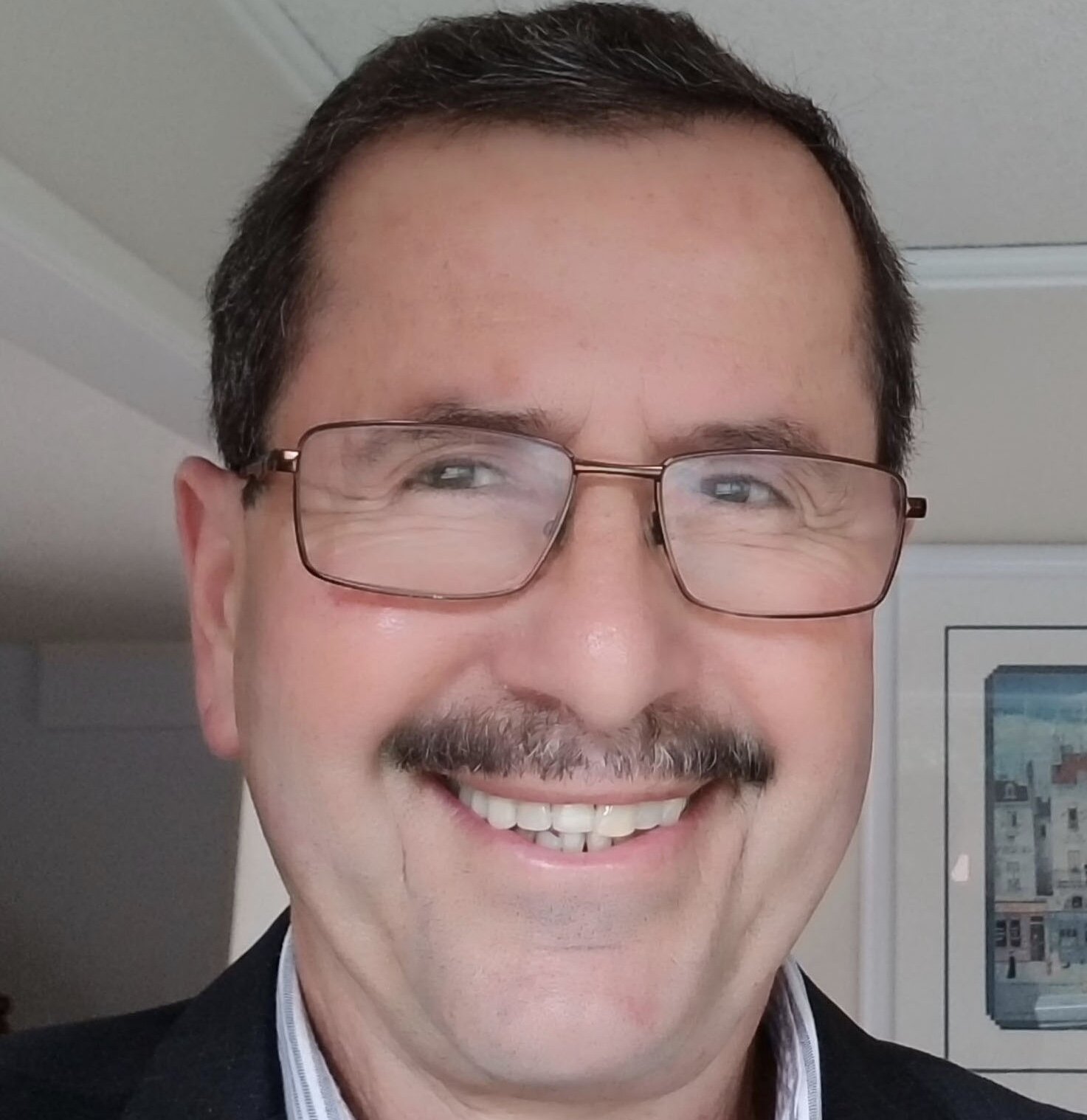Jack Feldman is currently on the Executive Board of Water and Power Associates (W&PA), which is an organization dedicated to educating the Public, Politicians, and Media on water and energy issues affecting Southern California.
Its secondary mission is to preserve the regional history of water and electricity and show its role in the development and growth of the Southland.
Jack worked at the LA Department of Water and Power for over 35 years, where he retired in 2006 as Senior Manager in charge of the Power Engineering Organization. Over the last 12 years, Jack was responsible for putting together the W&PA website and virtual museum(https://waterandpower.org/museum/museum.html).
The museum is the largest of its kind, consisting of over 20,000 images, including background information about the history of Los Angeles and Southern California.
Website: https://waterandpower.org or search water and power associates
I put together a virtual museum for an organization called Water and Power Associates, which consists of retired managers and executives in the water and energy industry.
They asked me to set up the website for them. I told them I didn’t know much about websites, but I’m an engineer and figured it out, along with my son-in-law, who is in IT.
It evolved. I put together this museum that showed the history of water and electricity and how that developed Southern California and the San Gabriel Valley.
The historical societies like what I created, and they asked me to speak about it to their members.
The name of the site is Water and Power Associates waterandpower.org.
I went back to the first day someone took a picture in Southern California.
The project is picture-based, and we have 20,000 photos on the website.
If you put the pictures in line chronologically, with historical notes, it shows how things evolved in the area.
I worked at the LA Department of Water and Power for 35 years. I retired as the senior manager in charge of engineering the power system.
It is the largest municipal utility in the United States.
I would say that the movie is about 35% correct, but there is a big story about that.
The Southern California area grew by leaps and bounds because of the weather, agriculture, and the transcontinental railroad.
Due to all these factors, the population of Southern California increased from 5,000 to over 100,00 from 1850 to 1900.
You had the San Gabriel River and the LA River that provided the water to the area. The LA River is only suitable for about 300,000 people, and the population was already at 100,000.
William Mullholand came up with a way to bring water from Owen’s Valley to LA.
There have been 26 books on the topic, and they knew, based on the volume, that it would only be able to support 300,000.
To get the water from Owen’s Valley, LA had to buy the lands and the water rights without explaining that the water would be routed down to Los Angeles.
This has created a lot of animosity between the two areas.
I have a lot of favorites all over the world. I loved New Zealand, Australia, Singapore, China, Vietnam, and Thailand.
Chile, Brazil, and Argentina had great national parks, too.
I really like vacations with my buddies, where we do some pretty intense hikes that push us to our limits.
The most recent one, we went to Switzerland for two weeks and did all-day hikes up to the snow cap.
LA has five sources of water:
So, the Colorado River is important to the Southern California area.
We’ve been very lucky. We’re into the second year of a drought. We would’ve had announcements about not watering your lawn five years ago.
But through proper planning, we’ve built massive reservoirs that can hold about four years’ worth of water.
As it sits right now, we’ve got two years’ worth of water left. If it doesn’t rain a lot in the next couple of years, we’ll have to look at rationing water.
People are conserving by using low-flow toilets and shower heads. These things make a big difference.
People have also been using synthetic lawns or grass more appropriate for the desert.
Also, when water prices go up, people naturally tend to conserve.
The growth in LA has been tremendous, which has slowed down the process of hooking up new builds.
People have asked me, “How do I get power to my building?” And I would explain to them the system and the process they needed to follow. I used to do this pro bono, but now I try to educate the folks through consulting so they’re not waiting until the last minute.
On top of the consulting, I help DWP resource engineers and do the orientation for the engineers they bring on.
I had an opportunity to retire earlier, at the age of 55. Then I got scared.
“What am I going to do when I retire?” I took a week off and studied retirement.
There are five to six keys to a successful retirement. If you get this, you’ll have a fulfilling retirement.
Financial is based on your needs.
Health. You need to stay physically fit.
Mind. If you don’t use it, you’re going to lose it. Continue education and keep learning.
Networking. This seems to be easier for women. You need to be a part of other people’s lives. Whether it’s family or friends, get involved with people.
Spiritual side. Fifty percent seem not to need it, and the other fifty percent absolutely need it.
Aside from the five categories laid out above, here is what I do that has helped me.
Every day when you get up, have:
This is a good map to live life in a fulfilling way.

My 1st recommended place in SGV
My 2nd place recommendation of SGV
My 3rd place recommendation of SGV



